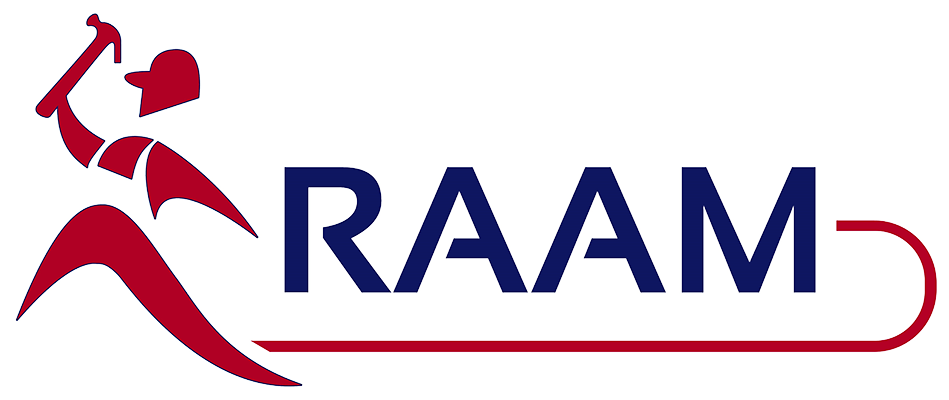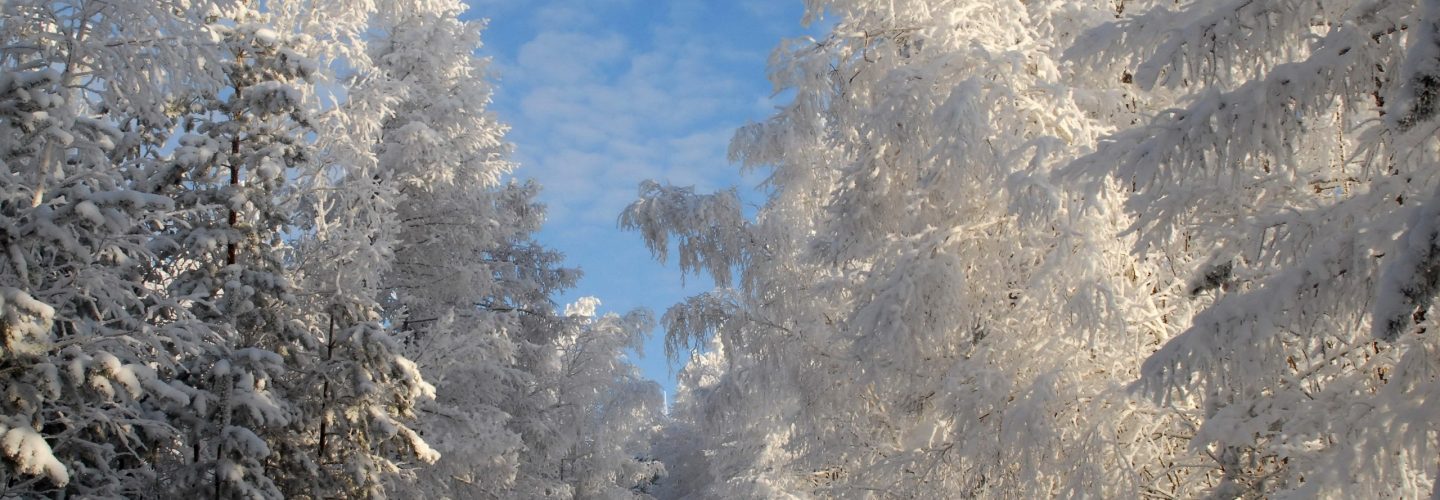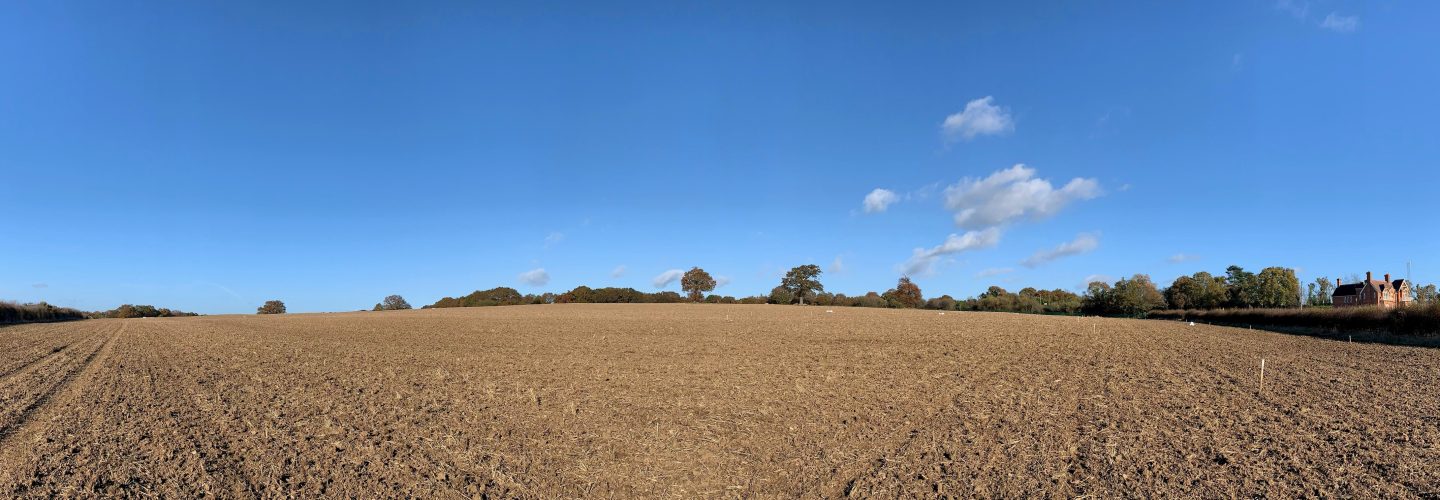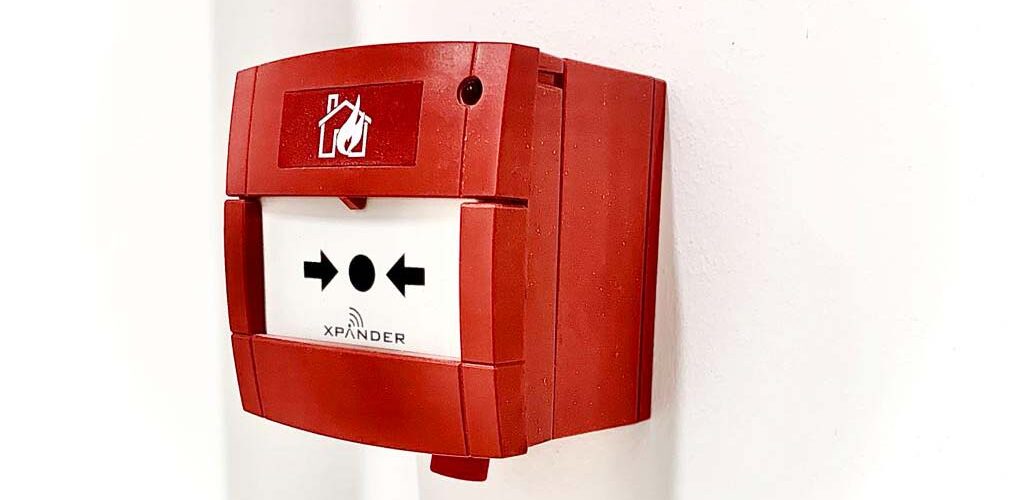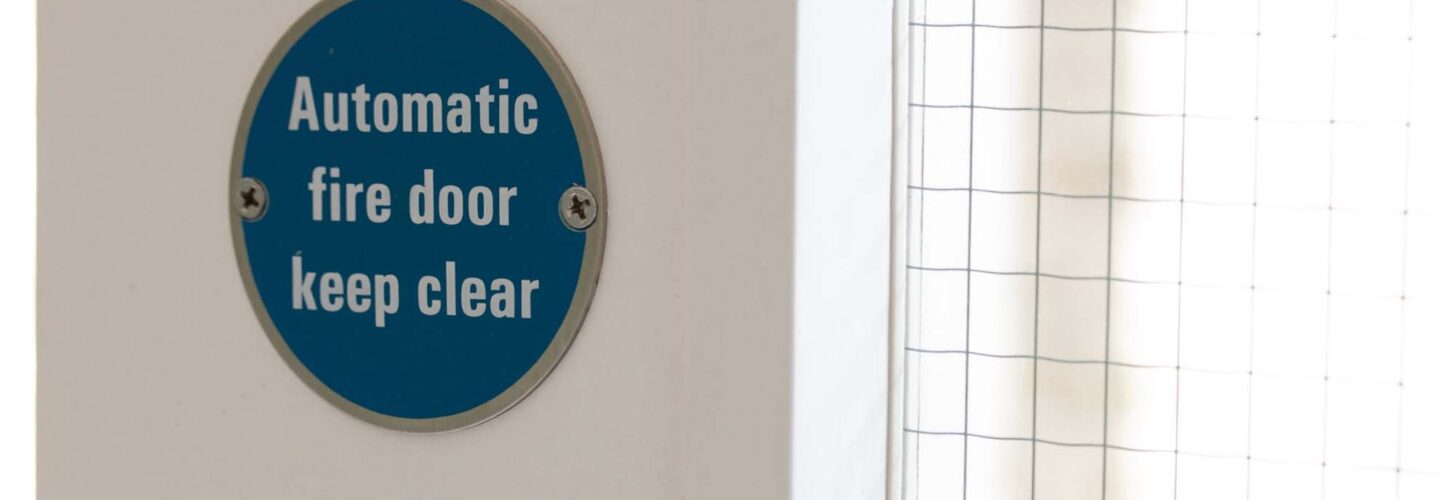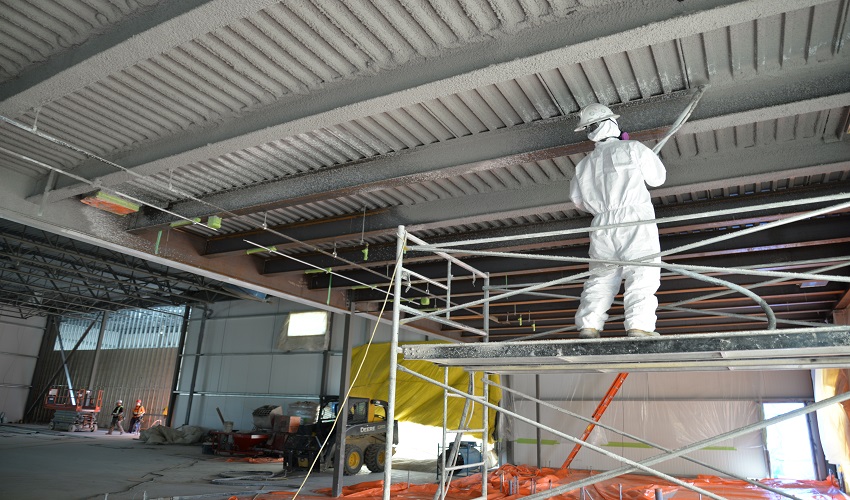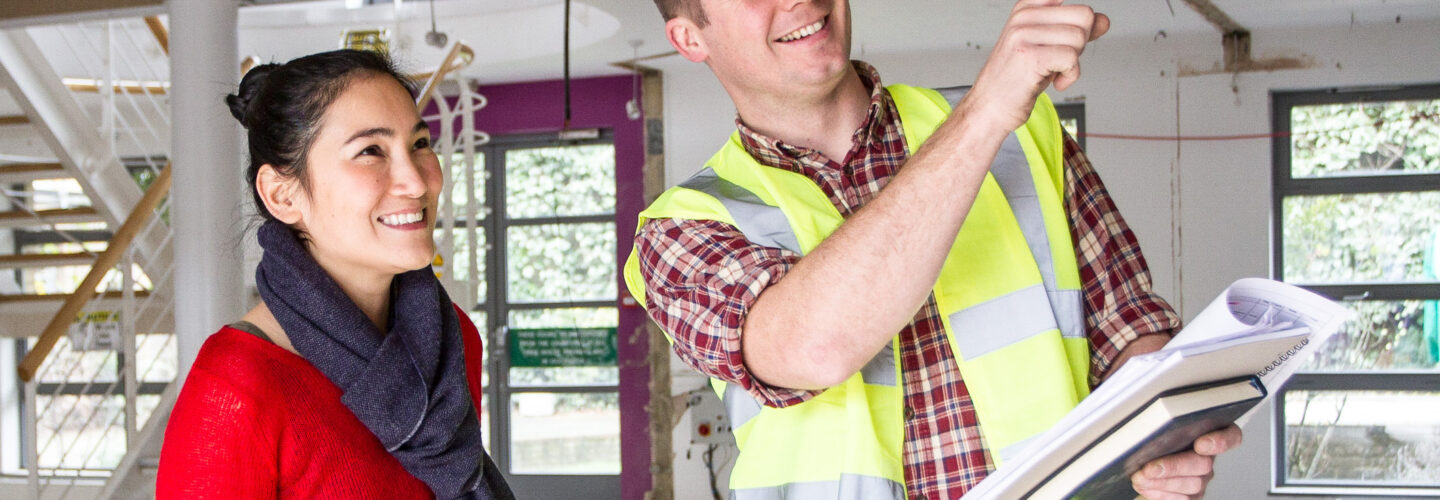Passive Fire Protection services are a group of systems that work together to prevent a breach of fire safety. This includes preventative measures to reduce the chances of an outbreak, as well as suppressing a fire, and finally isolating the fire and ensuring a safe and efficient evacuation route for the occupants of the building.
Both Active and Passive fire protection systems are essential in fighting fires. Together they help protect property and save lives. While the systems work independently, both systems need to be functioning properly to suppress and stop a fire. This is when maintenance becomes an important bridge in ensuring optised efficiency and effectiveness of the AFP and PFP systems.
Systems and Services include:
- Fire Doors (Installations & Maintenance)
- Fire resistant Glazing, walls, floors, service risers and roof voids
- Fire Stopping Penetrations
More on Passive Fire Protection
Passive Fire Protection will help prevent a fire from spreading or resist the initial ignition. They work together by alerting people inside the building of a fire and safely containing the fire so that people may evacuate and/or try to suppress the fire.
PFP is a group of systems that compartmentalises a building through the use of fire-resistance-rated walls/floors and gap filling measures.
Compartmentalising your building into smaller sections helps to slow or prevent the spread of fire and/or smoke from one room to the next, and also ensures evacuation routes remain clear of hazard. It helps isolate the fire and prevent further damage done to the buildings. In addition to this, it is an important safety measure, allowing more time for evacuation.
Fire Stopping
Fire Stopping is best defined as the sealing of any openings of cracks to prevent incoming fire, smoke and heat from penetrating, passing or spreading through multiple rooms or compartments across a building. These building structures must ensure that any openings and gaps are fire stopped to restrict both lateral and vertical fire spread. The spread of a fire is contained by creating fire resistant compartments, which subdivide the building, both horizontally and vertically.
A firestop or fire-stopping is a form of passive fire protection, a system made up of multiple components used to seal around openings and between joints in a fire-resistance-rated wall or floor assembly, forming a complete barrier from fire and smoke spread between these constructions. This is achieved by filling the openings with fire resistance materials, designed to maintain the fireproofing of a wall or floor, allowing it to impede the spread of fire and smoke both vertically and horizontally e.g. where a pipe passes through a firewall.. Multi-Cable-Transits (MCT) are used for penetrating cables. Firestops are designed to restore continuous fire-resistance of the wall or floor.
There is no single solution or product that will protect all services, as every service passing through a fire resistance building will react differently during a fire. To ensure a wall or partition will provide the required fire protection and performance during an event of a fire, specifiers should consider the following services:
- Electrical, mechanical, and structural penetrations.
- Unpenetrated openings (such as openings for future use).
- Re-entries of existing firestops.
- Control or sway joints in fire-resistance-rated wall or floor assemblies.
- Junctions between fire-resistance-rated wall or floor assemblies.
- Head-of-wall (HOW) joints, where non-load-bearing wall assemblies meet floor assemblies.
Services must be tested in accordance with the test methods set out in appropriate standards. Tests are carried out in accordance with the general principles of BS 476: Part 20: 1987 or BS EN 1366-3: 2004 and BS EN 1366-4: 2006.
At RAAM, we provide appropriate, cost-effective, fully designed and engineered fire stopping systems, tailored to each building. We install both vertical and horizontal firestops through floors and walls, primarily used to seal penetrations, such as for the passage of services such as drainage, pipes and cables etc.
Our available systems range from simple joint and gap sealing, to more complex movement or expansion joints, for the protection of mechanical and electrical services penetrating through walls and floors, with structural and load bearing options available for service risers and shafts.
We actively involve firestopping manufacturers in Quality Assurance procedures and training, to ensure site-specific systems are designed and installed within the scope of relevant fire tests. All fire stopping systems are fully accredited and comply with the specified fire strategy and Part B building regulations.
As part of our commitment to achieving the highest possible safety standards at all our customers sites, we have in-house technical compliance auditors, who monitor and report our installation work. These internal audits surpass the standard provided by the certification bodies, going above and beyond, giving you greater peace of mind about passive fire protection compliance at your premises.
At RAAM, in addition to providing cost effect, price sensitive products and services, we also include our fire safety consultancy department, which offers in-depth knowledge and practical experience in dealing with real building fires and how these rapidly spread. Our consultants use this knowledge and experience to determine where fire compartments should be situated, followed by an audit to check these fire compartments are imperforate across the whole of these structures.
Fire Doors
Regular Fire Door inspections are a legal requirement under the Fire Safety Order. They should be carried out on a minimum 6 months basis according to BS 9999. The person carrying out the inspection should be ‘competent’ and ideally should be third party accredited. This can be a costly requirement, although individuals may be registered, they might not necessarily provide a competent service, so it is important to be vigilant on who is selected to carry this responsibility.
At RAAM, we use our years of experience and technical knowledge to offer a third party service that constantly monitors our assessors. This is an insurance backed scheme and every assessor undergoes stringent training periods, both technically and vocationally, before we accept them as ‘competent’. They are also required to carry our continuous professional development CPD.
Fire Door Inspection Services Overview
During any inspections, it should be determined if the fire doors within your premises are ‘suitable and sufficient’, for example, if they require any maintenance to ensure they are working correctly, or whether in fact, they meet current fire and smoke stopping standards.
Every fire door should undergo at least the check below:
- Gapping between the door and frame max 3-4mm,
- Suitability of seals
- Intumescent hinge pad behind all hinge plates
- Is the correct signage present
- Correctly fitted fire-certified door furniture
- Does the door close fully onto its rebates?
- If glazing is present is it correctly and securely installed
- Has the door any identifying certification marks or labels
- If a double set, do the doors close together without any twisting at the base or head
Please note, this is not an exhaustive list and there are more elements to consider, but if your assessor is ‘competent’ and qualified, not only will they give you best advice, but the more experienced assessors will also advise you on which doors in your premises actually need to be fire doors and which do not, rather than assessing all of your doors. This can only be done by a person who knows the building’s fire strategy, emergency evacuation plan and who has seen and understood your fire risk assessment.
All fire door inspections should be documented and easily referenced by the fire and rescue services, alternatively, this can be done by your fire risk assessor if the need arises.
At RAAM, we pride ourselves on our many years’ experience carrying out fire door inspections, providing quotes, and arranging installation by highly competent and experienced installers. We ‘sign off’ every installation before we issue a completion certificate.
Article 17 of the Regulatory Reform (Fire Safety) Order 2005 makes it a legal requirement to ensure that fire resisting doors and escape doors are correctly installed and adequately maintained in order for them to pass as ‘fit for purpose’.
The authorities have the power to enforce the RRO/FSO and to prosecute or even close buildings down where breaches are discovered. Building owners need ‘responsible persons’ as referenced in the RRO/FSO to help them comply with fire door regulations. The full inspection and maintenance of a fire door can only be carried out by a trained and competent professional. At RAAM, we strive to ensure the requirements for your building are met and to the highest quality.
There are small but important details that ensure the work is done correctly, such as if you need to replace parts or components, you must use like for like and check that the correct, compatible components are listed on the installation instructions or fire certificate data sheet. At RAAM, we do sweat the small stuff, because it is important to us to get it right, to guarantee the safety and peace of your building and people’s safety.
We also believe it is important that our clients understand their own equipment and fire safety systems in order to maintain them, if not being done by our team at RAAM. We want you to feel safe even after our contract is over. For example, you must always check the manufacturer contact details on the label if you are unsure what replacement components are needed. If you fit incompatible and incorrect components, the certification of the door will be invalidated.
At RAAM, we offer a full and certified system of maintenance and servicing contracts to suit the customers’ requirements across all fire door installations whether new or existing, we can attend site carry out a review and produce a detailed report for every fire door, not only do we inspect the doors we also advise on where in fact fire doors should be located, so we never oversell. From a full fire door survey carried out by our Fire Door Inspection Scheme diploma holders, under the certifier FDIS scheme, to the actual physical maintenance work required per door, leaving you with fully compliant fire door, meeting all the relevant and current standards, with a certificate of compliance to prove to any authority that your doors meet the current required standards and that you are maintaining them.
Fire Alarm Systems
It is a legal requirement to have suitable fire safety equipment installed, serviced and maintained in non-domestic premises within the UK. This is in order to comply with the requirements of the Regulatory Reform (Fire Safety) Order 2005, fire risk assessments, insurance and local licensing authorities.
All our fire alarm related work is in accordance with BS 5839.
Our Service
We offer a free site survey and quotation service. Simply fill in our form and we will be in touch to arrange a free site survey followed by a free quotation for installation, maintenance, service, and/or monitoring of your existing fire alarm system. At A&E Fire and Security we are able to offer the following services:
- System design that is suitable for your premises.
- Installation, repair and maintenance of fire alarms and fire alarm systems, smoke detectors, manual call points, heat detectors and fire alarm monitoring units.
Why Choose A&E Fire and Security
We are a BAFE SP203 accredited, independent company. We offer a wide range of solutions and equipment to suit your risk and budget. We offer hard-wired and wireless solutions from fire systems manufacturers such as Kentec and Hochiki, and we are proud partners with Siemens. At A&E Fire and Security, we work with a wide range of fire alarm systems every day, providing our staff with expert knowledge to ensure your business and property is protected.
From initial design through to full systems installation and maintenance, we have the knowledge and expertise to deliver a first-class solution for you. Whether you have a small office, a 600-bedroom hotel or a large industrial site, we can provide a fire alarm system to suit your personal project and budget requirements. We are also able to provide fire alarm systems on a supply and commission basis. Choosing RAAM’s A&E Fire and Security to take care of your fire alarm systems will give you peace of mind whilst guaranteeing you are compliant with the law. We can ensure that the whole project is managed seamlessly from start to finish.
Any installation or service that we provide is in line with British Standards and we will ensure that your system is properly tested and maintained in order to comply with the requirements of the British Standards and Regulatory Reform (Fire Safety) Order 2005.
Smoke ventilation systems
Smoke ventilation systems are systems that are designed to enable the safe escape of occupants in the event of a fire and to also allow the fire to be fought in its early stages.
These smoke ventilation systems can be openings such as windows or skylights, offering an escape route for smoke and hot air. Your building’s occupants’ safety relies on your regular maintenance of the Automatic Opening Ventilation (A.O.V.) system. This needs to be serviced and maintained at least once a year to conform to BS7346, BS5588 and EN12101. A.O.V.s are smoke vents that work automatically when fire breaks out. When the sensors detect fire or smoke in the building, they automatically open a roof vent or window to allow the smoke to escape.
Under the Regulatory Reform (Fire Safety) Order 2005, companies are responsible for providing the correct level of fire safety on their premises. Any fire safety systems installed form part of a building’s fire strategy, therefore, the Fire Safety Order calls for the appointment of a responsible person to ensure that all equipment and systems are maintained and in effective and working order. Failure to maintain your systems can be devastating and will result in consequences. Most fatalities are not caused by the fire itself, but by the effects of toxic smoke inhalation. As a building manager, you are responsible by law to ensure smoke extraction systems are regularly maintained and checked for any possible faults or issues, which can then be easily resolved before a disaster occurs.
Benefits of Routine Maintenance
RAAM will ensure that your system is operating to a satisfactory standard; complying with the property’s fire safety strategy and prolonging both the sustainability and efficiency of the system. As well as the operational benefits, regular system inspections allow you to save money in the long run, as we can identify and repair issues before they develop into extensive system failures, which could cost you thousands of pounds. We test all connections, electrical actuators, mechanical fans, dampers, automatic opening vents (AOVs), batteries and control panels, repairing any faults when necessary. We will then issue a re-commissioning test certificate for insurance purposes.
Emergency Lighting
In the UK, Fire Safety Legislation requires emergency lighting to be provided in all non-domestic premises. It is especially important in buildings licensed for sales of alcohol, old buildings and premises that often have a large gathering of people.
An emergency lighting system is essential in the event of a primary lighting failure:
- To show clearly the escape routes from the building
- To allow safe movement to exits at walking pace without stumbling
- To help prevent panic in an emergency and during evacuation
- To show the location of and identity fire equipment and first aid locations.
Our Products
- Emergency Bulkhead Lights
- Emergency Exit Signs
- Recessed Emergency Lighting
- Emergency Spotlights
- LED Emergency Lighting
- Emergency Light Legends
- 2D Emergency Lights
- Emergency Lighting Conversion
- Emergency Lighting Batteries
- Hochiki FIREscape Lite
Our Service
We can design, install and maintain all types of emergency lighting systems. We can also carry out the annual duration testing and the monthly functional testing of emergency lights, if required. At RAAM, we can guarantee to have you covered every step of the way for installation, maintenance, record keeping, compliance and cost-effective repairs.
Contact us today to discuss providing you with an effective installation or maintenance proposal for your emergency lights, so that you can be reassured that your emergency lights work when you need them the most.
Choice of Passive Protection
Depending on the site/venue different passive protection systems will be installed to best protect and prevent further damage in case of a fire.
